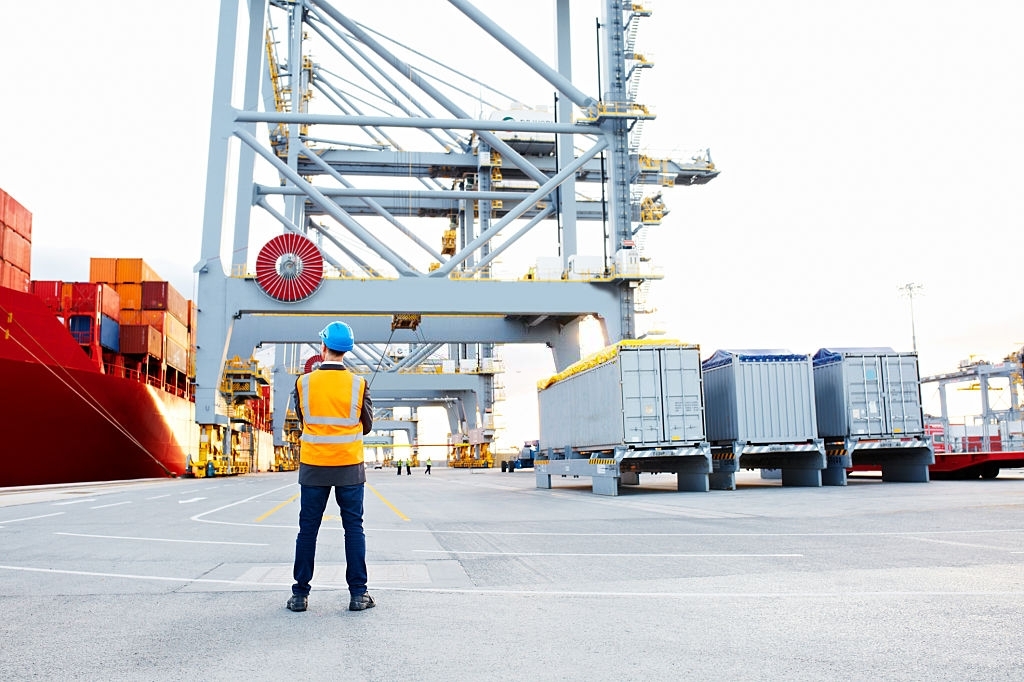

In the second half of the 18th century, iron hulls supplanted wooden hulls, followed by steel. Since then, seagoing ships and inland barges have been developed with a variety of steel grades and shapes on a regular basis. Steel is the most commonly used material in shipbuilding. These steels are designed to meet stringent specifications such as strength, flexibility, high manufacturability, weldability, cost, and reparability, among others. Shipbuilding steels must also have great cold resistance, good welding properties, and enhanced fracture strength.
Understanding the use of steels in shipbuilding
The shipbuilding industry is one of the most significant uses of steel and steel plates. The steel industry’s outstanding efforts, combined with various technological advancements in the shipbuilding sector, propelled them to new heights. Have you ever wondered how a ship can withstand strong winds and storms? Because the steel used in shipbuilding is subjected to the Thermo Mechanical Control Process, which improves the ship’s strength and efficiency during transit. While extracting crude petroleum, TMCP steel is an efficient heat controller. Shipbuilding is the world’s largest customer of TMCP processed steel, and several steel companies like neeraj kochhar viraj group produce it for shipbuilding.
As a result, steel is the most versatile material for both the inside and outside portions of the ship. As a result, in this post, we’ll learn more about how steel is employed in shipbuilding.
Container Vessels:
Steel is the primary material used in the construction of container ships. The large loading and unloading openings are composed of high-strength steel. For example, if the container vessel has a capacity of 10,000 TEU, the steel plate thickness employed will be roughly 100mm. As a result, the container vessel and steel plate have a linear relationship. By incorporating several technologies like the HTUFF technology and HAZ’s tiny microstructure, the resistance to cracks and fractures is reduced. Anchor and anchor bolts are made from MS chequered plates.
Oil tankers:
Because of the crude petroleum, traditional oil tankers used to contain hundreds of pits, and the reason for the pits is still unknown. Because the pits pollute the ocean, several manufacturers were looking for alternatives. As a result, high-strength steel bottom plates for crude oil tankers and reservoirs were produced. These plates are corrosion-resistant and prevent oil and petroleum contamination in the water.
Doors:
Steel doors with watertight seals enable access to either side of the compartments. Passengers on a passenger ship utilize the watertight doors to travel through their accommodations. To prevent floods and give great strength in unpredictable times, the doors are built of mild steel and cast steel.
Propellers and rudder pintless:
The propellers and rudder are made of steel. To prevent corrosion, these are made from processed and produced steel plates and are coated with inert polyethylene foam. For bearings and liners, several steel suppliers in Chennai now use materials like tufnol and stainless steel. As a result, when compared to aluminium and zinc, these high-strength steels are the best choice for shipbuilding.
Final Thoughts
As can be seen, the advantages of steel and its products are immense, and they are used in every section of the ship. As a result, if you need high-strength steel for your business, contact neeraj kochhar viraj group for high-quality steel. Not to mention that neeraj raja kochhar net worth is skyrocketing, further making it a trustworthy place to be!







